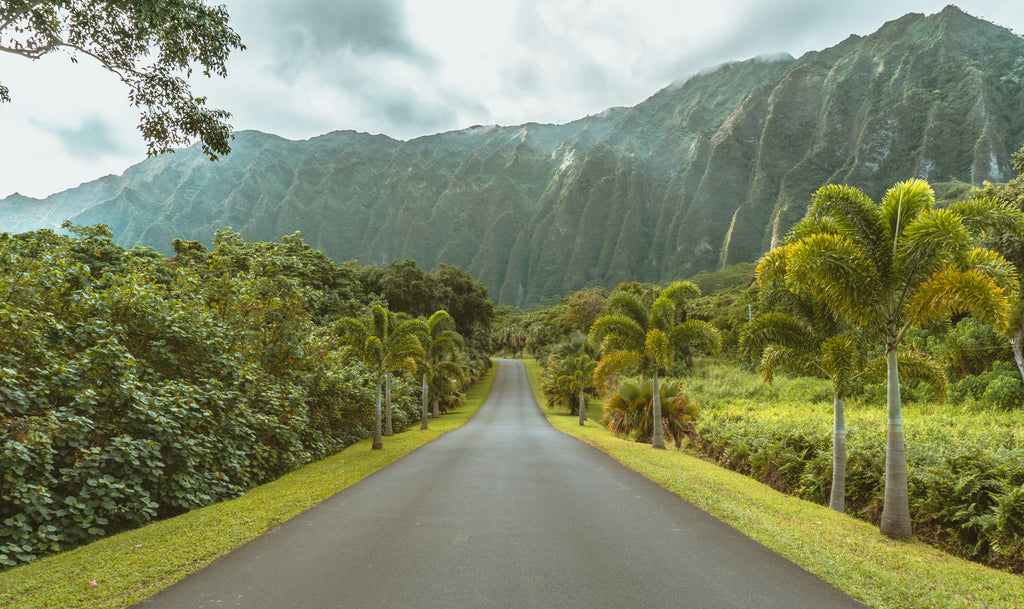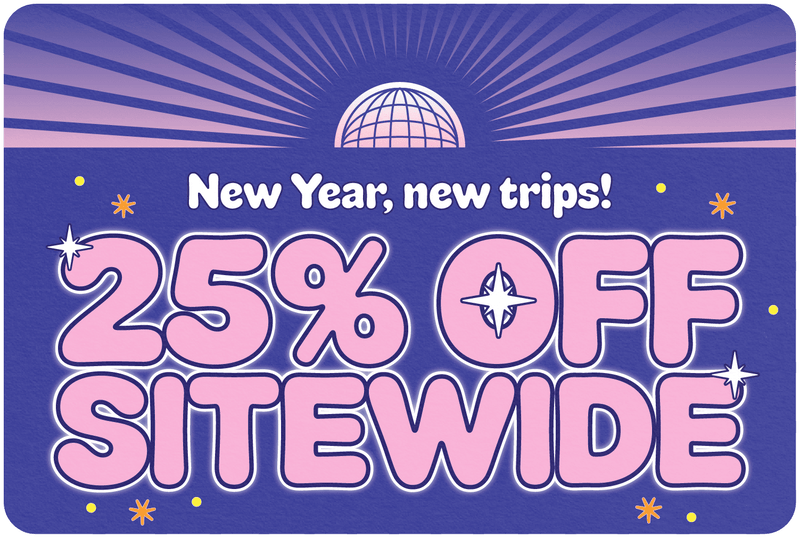
Exploring the Pacific Paradise: Where is Hawaii on the Map?
Share
Greetings, fellow wanderers! Today, we're embarking on a virtual escapade to the enchanting Hawaiian Islands, where swaying palms, turquoise waters, and volcanic landscapes await. Buckle up as we unravel the mysteries of the Pacific and answer the age-old question: "Where is Hawaii on the map?"
Table of Contents
Unveiling the Geography of Hawaii
Welcome to the central Pacific, where Hawaii emerges as a cluster of paradise amidst the vastness of the ocean. Picture this: approximately 2,400 miles southwest of the hustle and bustle of California, there lies a slice of heaven, known as the Hawaiian Islands. Now, that's what I call social distancing!
The Hawaiian Archipelago
Let's talk numbers first. The state of Hawaii boasts a staggering 137 islands, but fear not, we're zeroing in on the Fab Eight. From northwest to southeast, say aloha to Niihau, Kauai, Oahu, Molokai, Lanai, Kahoolawe, Maui, and the grand finale, the Big Island (Hawaii). It's like a tropical version of a Great Gatsby party, with each island flaunting its unique charm.
Navigating the Main Islands
Starting up in the northwest corner, we've got Niihau, aka the "Forbidden Isle." Why forbidden, you ask? It's mostly privately owned, so unless you have an invitation from the Robinson family, stick to the other gems.
Moving on to Kauai, the "Garden Isle." Think lush greenery, dramatic cliffs, and more waterfalls than you can count. It's like Mother Nature decided to show off.
Now, here comes Oahu, the heartbeat of Hawaii. Honolulu, the bustling capital, is where the action is. Historical sites, a vibrant city life, and beaches that make you question the existence of other beaches - Oahu has it all.
Keep sailing southeast, and Maui, the "Valley Isle," welcomes you. From volcanic craters to tropical rainforests, Maui is a master of diversity.
Finally, the pièce de résistance, the Big Island, or simply, Hawaii. Active volcanoes, black sand beaches, and a climate that changes more often than a teenager's mood. Big Island doesn't do things halfway.
How to Find Hawaii on the World Map
Now that we've acquainted ourselves with the islands, let's get practical. If you want to impress your friends at the next trivia night, remember these coordinates: latitude 20.7967° N, longitude 156.3319° W. That's where the magic happens.
But let's be real, who's got time for coordinates when you have Google Maps? Fire up your device, type in "Hawaii," and let the digital wizardry guide you through the archipelago. It's like having a personal tour guide, minus the awkward small talk.
Thanks for visiting our blog, are you planing to travel to Hawaii? Check out our eSIM Hawaii & Hawaii Sim Card.
Hawaii's Importance in the Pacific
Now that we've pinpointed Hawaii on the map, let's talk about why this cluster of islands is more than just a tropical Instagram backdrop.
Strategic Location in the Pacific Ocean
Hawaii isn't just a vacation destination; it's been a player in the grand chessboard of history. Nestled right in the middle of the Pacific Ocean, these islands have served as a strategic outpost for military and trade activities. Imagine being the middle child of the Pacific, mediating between the East and West. That's Hawaii's role.
Fun fact: It wasn't always sunshine and luaus for Hawaii. The islands played a pivotal role during World War II, particularly with the attack on Pearl Harbor. Understanding this history adds a layer of depth to the swaying palms and hula dances.

Unique Flora and Fauna
Isolation has its perks, especially for Mother Nature. Hawaii boasts a treasure trove of endemic species – plants and animals found nowhere else on Earth. It's like a VIP club for biodiversity. From the vibrant coral reefs to the endangered Nene goose, Hawaii is a living testament to the wonders of evolution in isolation.
But, of course, this ecological uniqueness also brings responsibility. Conservation efforts are in full swing to preserve the delicate balance of this ecosystem. So, when you're snorkeling in those crystal-clear waters or hiking through lush rainforests, remember: you're stepping into a living, breathing museum of natural history.
And there you have it, intrepid explorers! We've sailed through the turquoise waters, hiked the volcanic craters, and unraveled the mystique of Hawaii on the map. From the "Forbidden Isle" to the grandeur of the Big Island, each corner of this Pacific paradise has its own story to tell.
Next time someone asks, "Where is Hawaii on the map?" you can not only point it out but also regale them with tales of strategic importance, unique ecosystems, and the sheer magic that makes Hawaii more than just a dot on the Pacific canvas. Before you take off make sure to check with local government of the travel status.
So, whether you're planning your next adventure or just daydreaming at your desk, remember: Hawaii isn't just a place; it's an experience waiting to be embraced. Until our next virtual voyage, mahalo and aloha!
Frequently Asked Questions
How far is Hawaii from the mainland United States?
Hawaii is approximately 2,400 miles southwest of California. It's like trying to bridge the gap between a beach bum and a Hollywood star – a bit of a stretch, but totally worth it.
Can you visit all the main islands in one trip?
While it's theoretically possible, it's like trying to binge-watch eight seasons of your favorite show in one sitting – not recommended. To savor the unique flavor of each island, take it slow and let the aloha spirit guide your journey.
What are the best months to visit Hawaii?
Picture this: April to June and September to October. Why? Because the weather is just right, and the crowds are as chill as a Hawaiian sunset. Avoid the peak months, and you'll thank me later.
Are there direct flights to Hawaii from international destinations?
Absolutely. Major airlines offer direct flights from various international airports to Hawaii. So, whether you're jetting in from Tokyo or Toronto, the aloha vibes are just one flight away.
How is the weather in Hawaii throughout the year?
Hawaii is the Goldilocks of climates, with temperatures ranging from 75°F to 85°F (24°C to 29°C) year-round. It's like having eternal summer, but with a chance of occasional refreshing rain showers. So pack your floral shirts and sunscreen and get ready for a weather forecast that's always in your favor.








